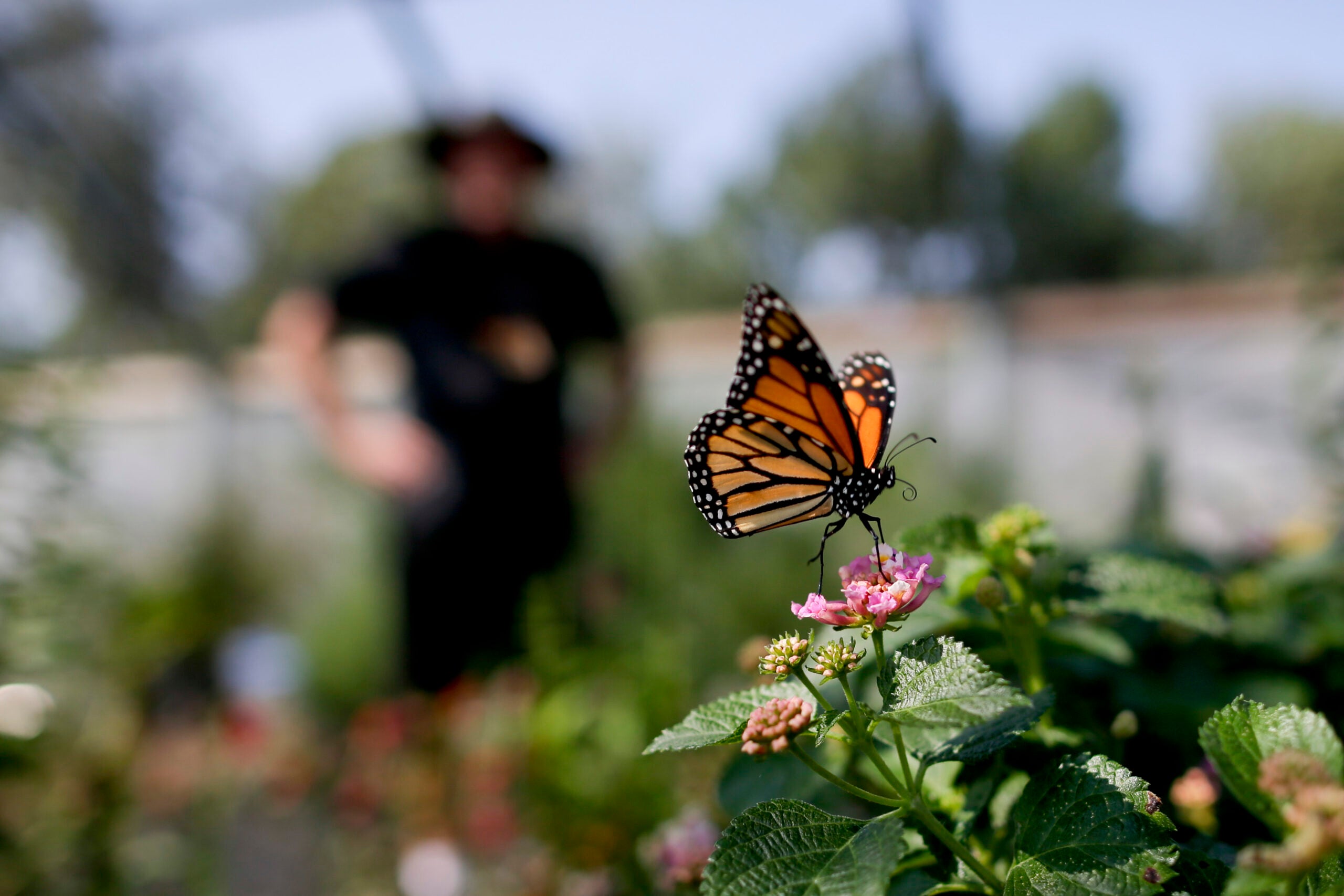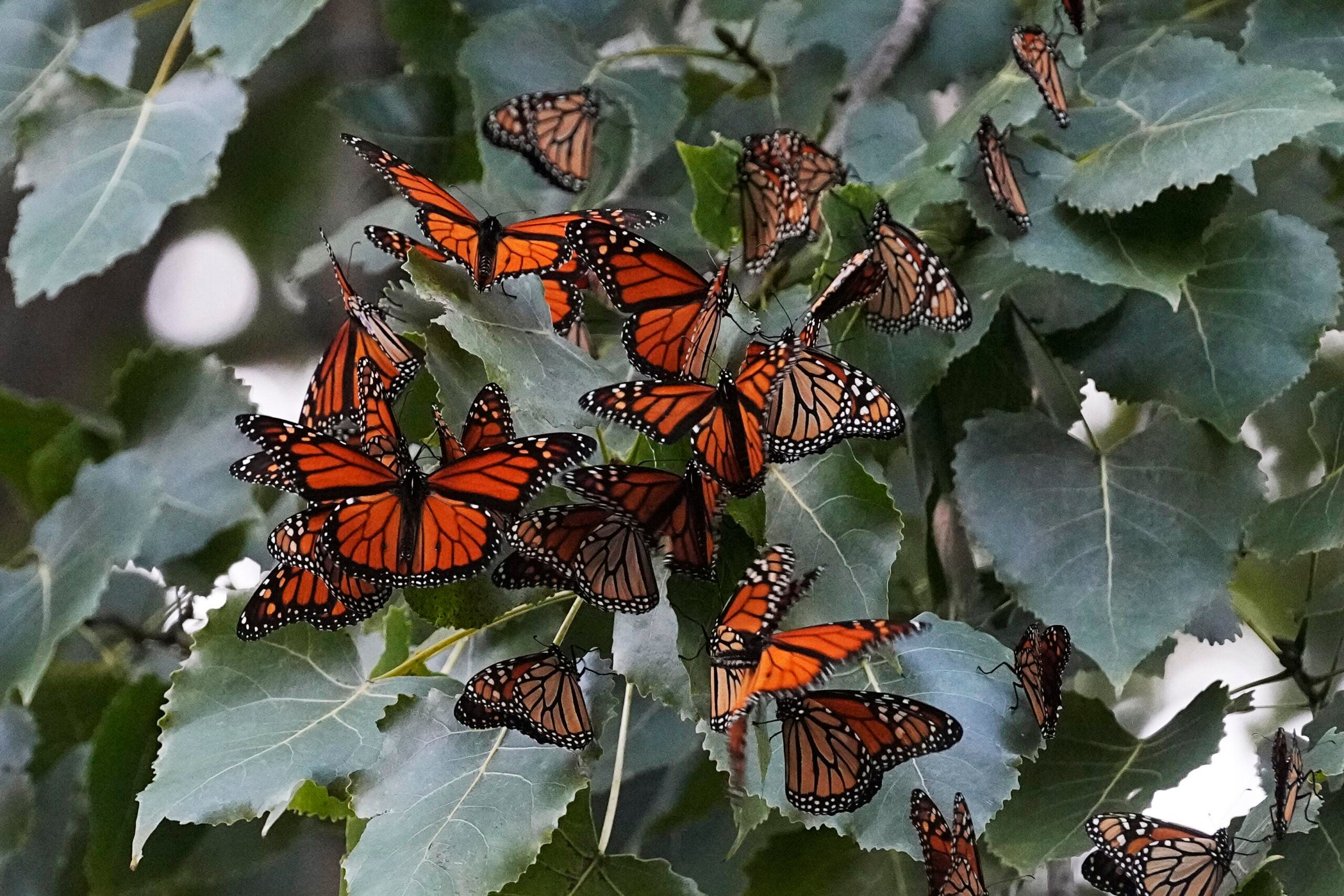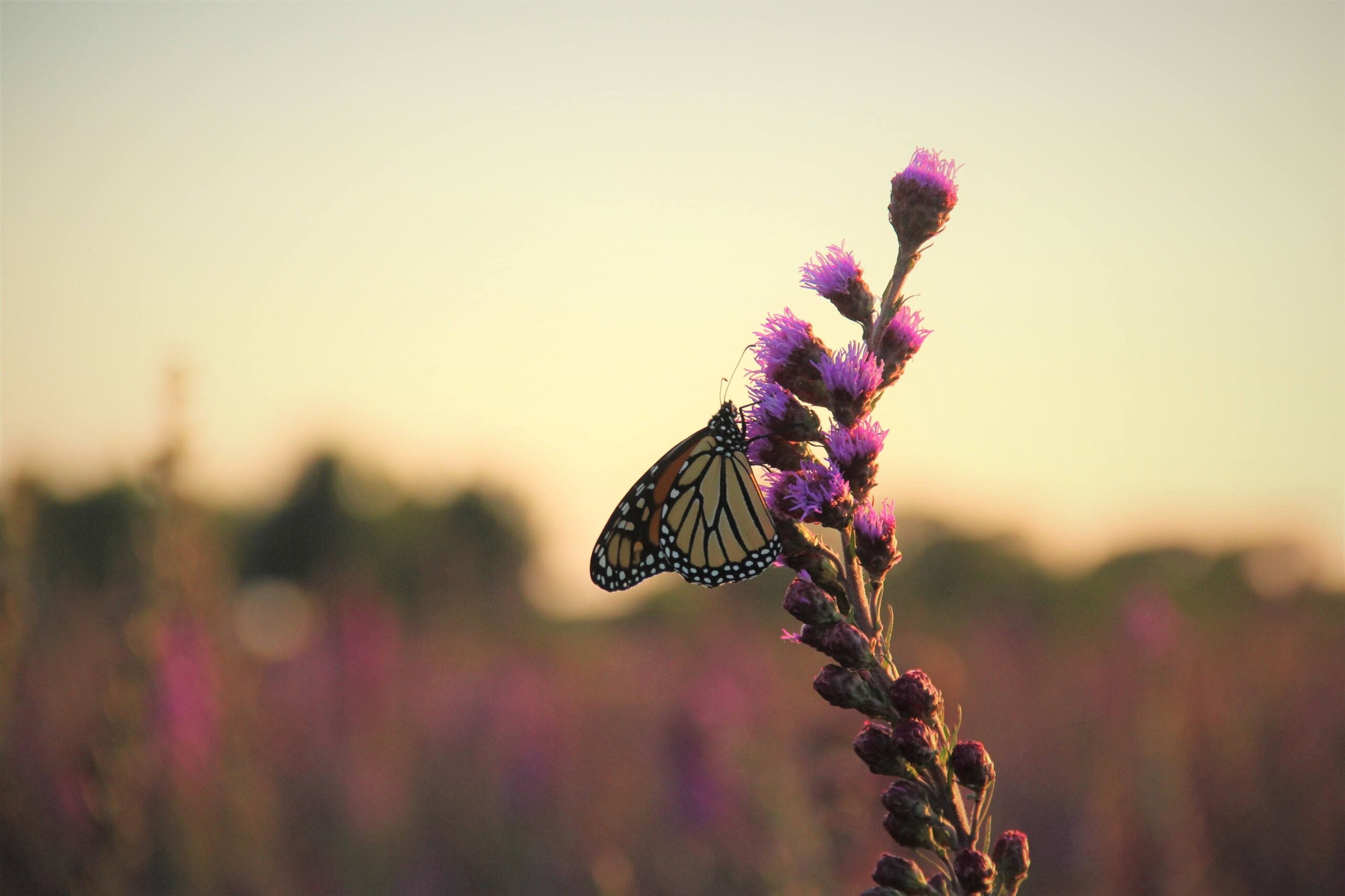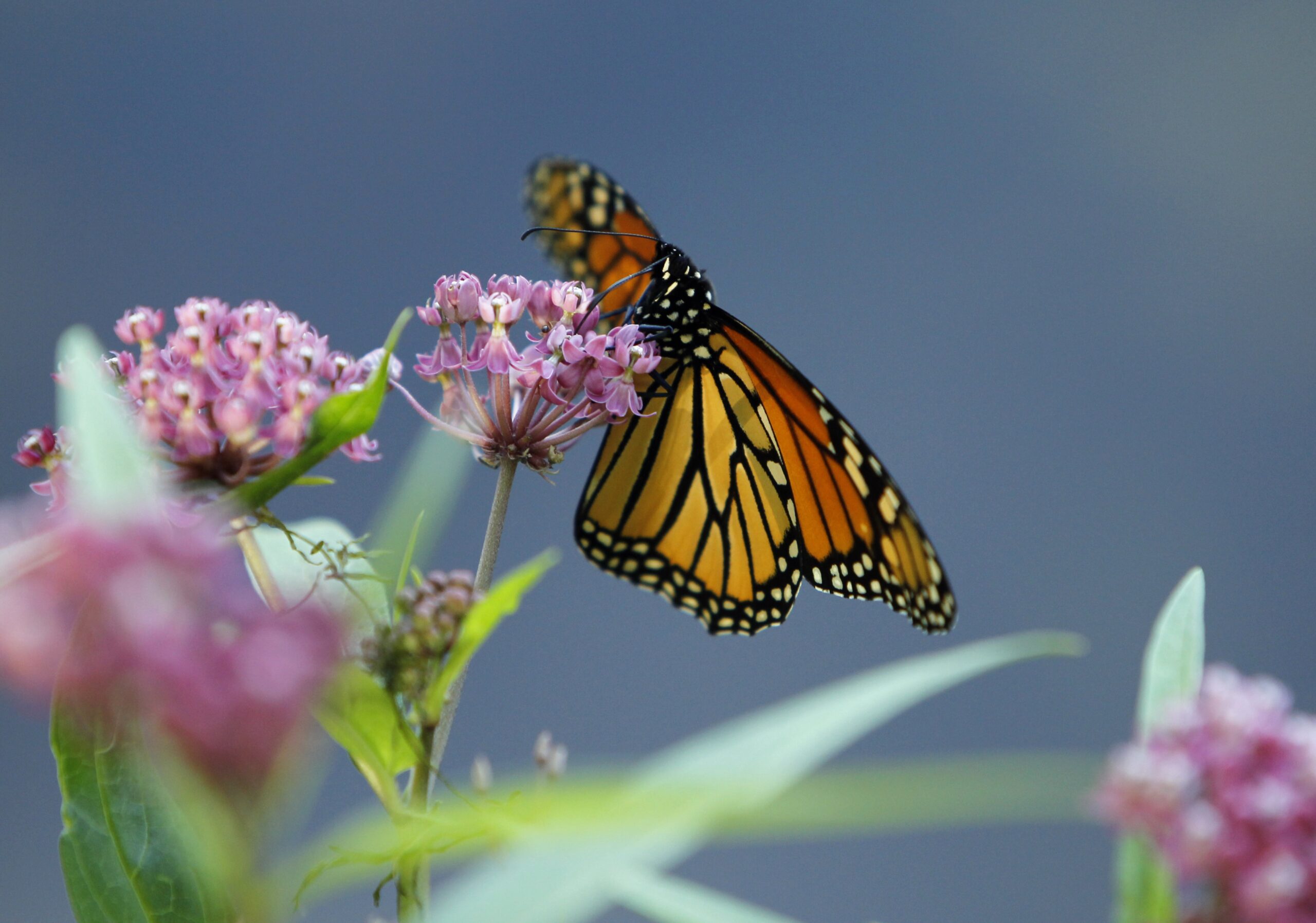Insects, birds and other wildlife populations are on the decline, and the cause may be the loss of our native plants.
But not all hope is lost, says Doug Tallamy, professor in the Department of Entomology and Wildlife Ecology at the University of Delaware. In his book, “Nature’s Best Hope: A New Approach to Conservation That Starts in Your Yard,“ Tallamy explains the relationship between living things and how humans can make a difference.
Tallamy says he’s always been interested in biodiversity and the ways insects interact with plants and how those interactions can help diversify animal populations.
News with a little more humanity
WPR’s “Wisconsin Today” newsletter keeps you connected to the state you love without feeling overwhelmed. No paywall. No agenda. No corporate filter.
“I think I was born that way. From the earliest days, I’ve been attracted to any living thing around me,” Tallamy said. “And the timing to talk about it now is right.”
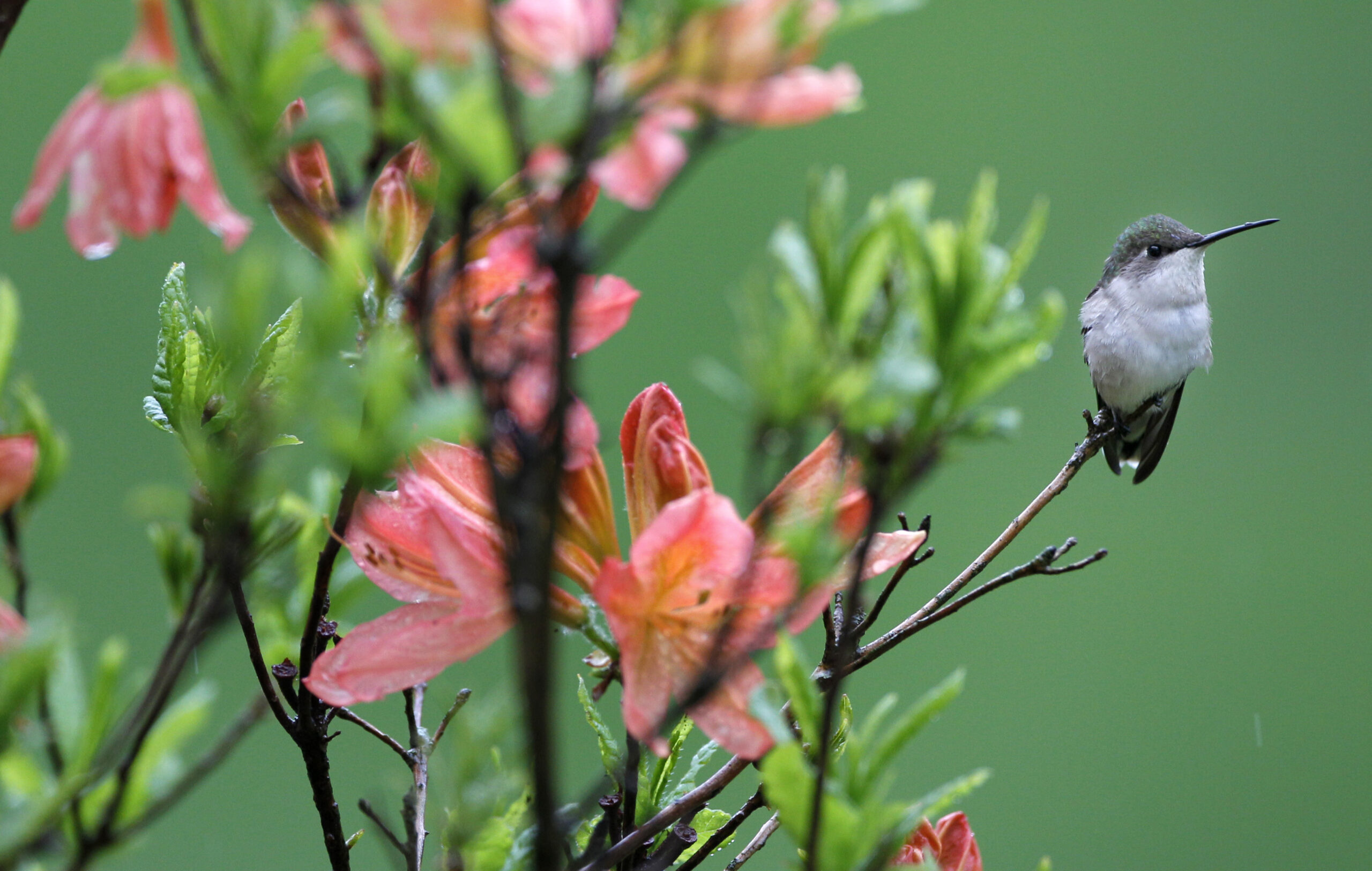
Tallamy explained that we’re experiencing an urgent biological crisis around the world. But Tallamy also said it’s not too late. There’s a grassroots solution that relies on humankind.
“Every person on the planet requires a healthy ecosystem, which means everybody on the planet has a responsibility in good Earth stewardship,” said Tallamy. “We have to have healthy ecosystems everywhere, not just in parks and preserves. We have to practice conservation where we live, where we work, where we play, even where we farm, or it’s just not going to turn out well for us.”
Tallamy outlined things every landscape has to contribute to the local ecosystem, and how people can facilitate this in their own yard.
Landscapes Must Support A Viable Food Web
Plants have to capture energy from the sun and turn it into food, and pass that energy on to animals.
The plants you choose in your landscape have to be willing to share that energy that they’ve captured to support animal life. Native plants do this best, Tallamy says
Remember that not all plants are created equal, Tallamy suggests choosing your plants wisely.
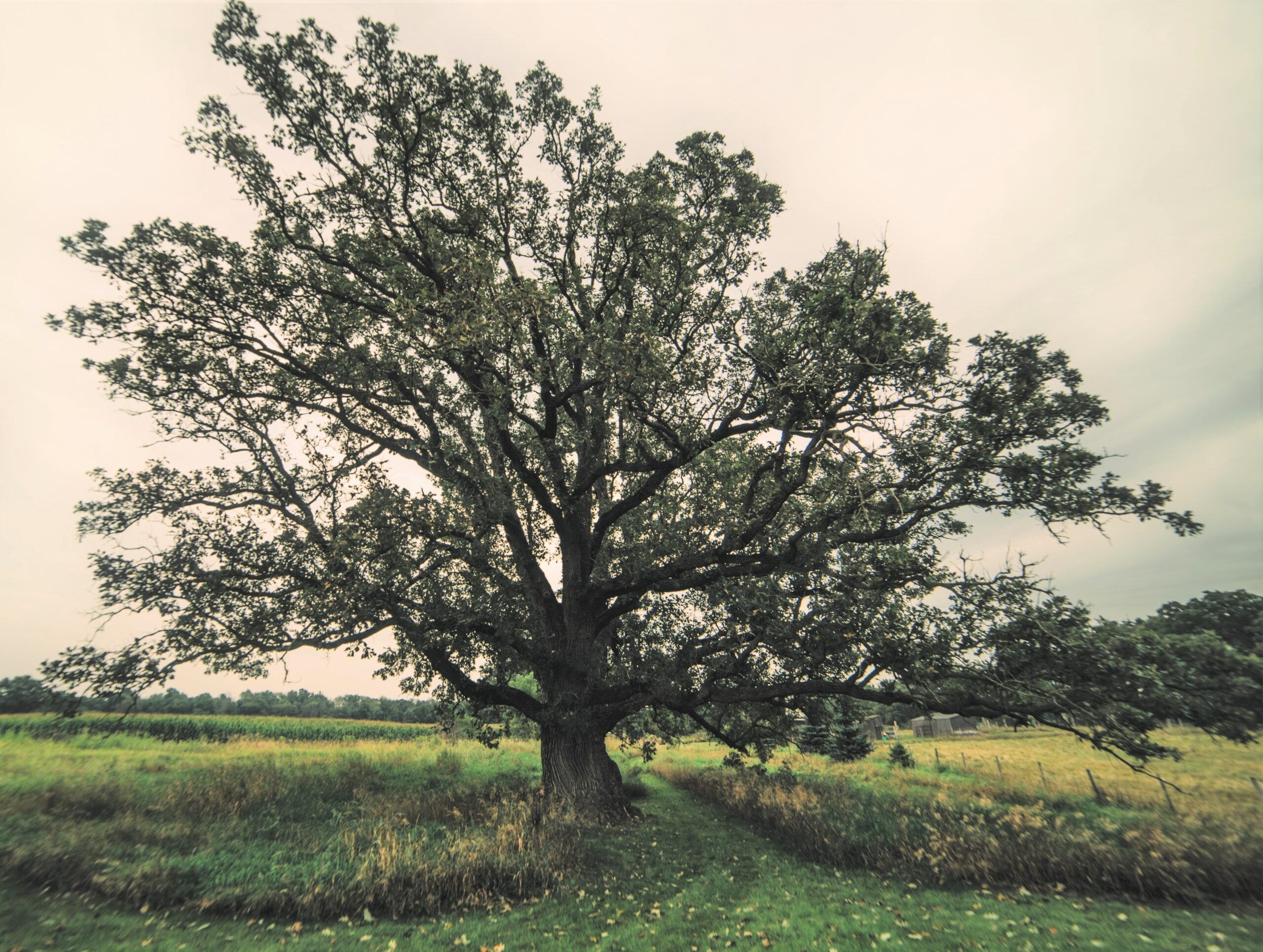
“Just 5 percent of native plant species generate 75 percent of the energy that drives our food webs,” explained Tallamy. “The genus of plant that contributes more to food web diversity and stability than any other native plants in North America are oaks — nationwide, they support more than 950 species. Willows, cherries, birches, hickories, walnuts and pines follow but don’t even come close to oaks.”
If you’re looking for something smaller, Tallamy suggested smaller varieties of oaks. And even smaller, and of the flower variety? He said consider plants for the specialist pollinators, members of the goldenrod genus, perennial sunflowers, asters, primrose and native violets.
A Viable And Diverse Population Of Pollinators Is Essential
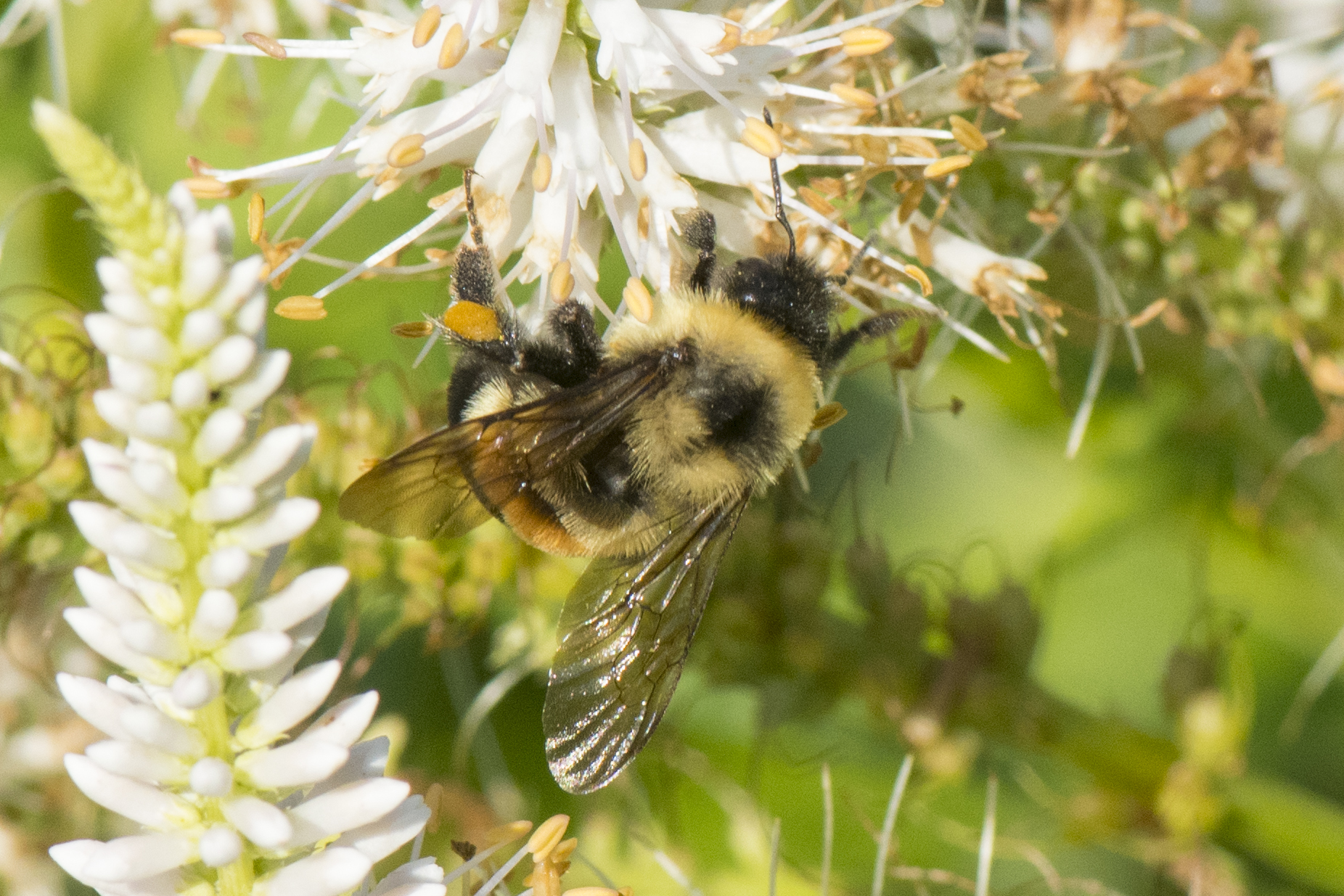
“We need pollinators because they pollinate 80 percent of all plants, and 90 percent of all flowering plants. We need these pollinators everywhere, not just next to farms,” explained Tallamy.
One thing you can ask yourself is, “how well do your plants support caterpillars native to where you live?”
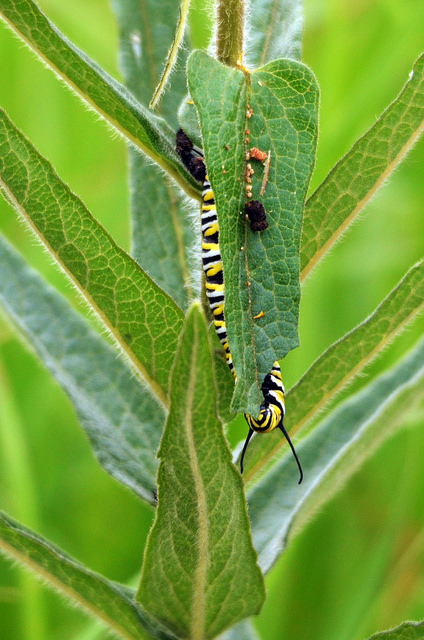
Tallamy thinks there’s always room for more.
Only caterpillars who have evolved with adaptations to circumvent plant defenses can eat them. So you have to match native North American plants with native North American caterpillars that have the right defenses to eat them. An example of this host plant specialization is monarch caterpillars and milkweed.
“If you want to have insects, the little things that run the world, you’ve got to have the plants to support those insects. And those are going to be native plants,” Tallamy said.
Every Landscape Has To Sequester Carbon
Not only is pulling carbon out of the atmosphere important, so it can be locked up in plant tissues, but also pumping the extra carbon into the ground for long term storage. The presence of native plants and species not only facilitates this process, but makes it more efficient.
Watershed Management Is Critical For Landscape, Insect Survival
“Everybody lives in a watershed. Nobody has the ethical right to destroy that watershed,” emphasized Tallamy.
Tallamy went on to say how people can facilitate a healthy landscape in their own yard.
“Consider cutting your lawn in half,” he suggested. “And plant native plants in its place.”
You can also go above and beyond with extra attention to your ground cover.
“The way we landscape underneath trees is critical to caterpillar survivorship,” explained Tallamy. “We need to make it easier on caterpillars to complete their development. Beds with looser soil will help them get underground to pupate. Things like wild ginger, flowers and shrubs work well for this.”
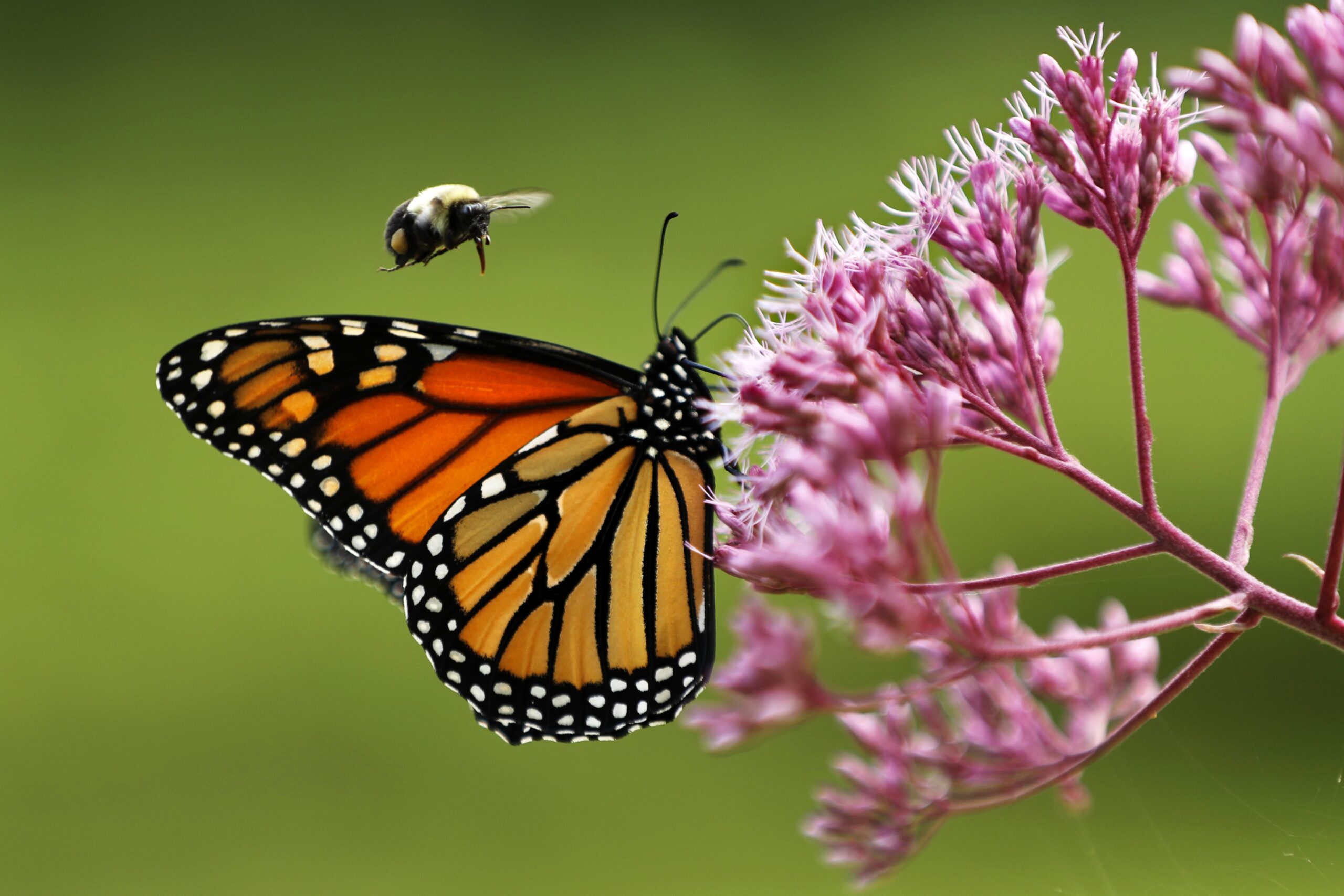
Pay Attention To Your Labels
He recognizes fertilizer and pesticides can be effective tools, but they have to be used responsibly and properly.
He says to not assume products on the shelves are safe, and urges you to check the labels.
Semantics Matter
“Part of the problem is that the native plants that are running our ecosystems we’ve labeled as weeds — milkweed, New York ironweed, Joe Pye weed. If it’s called a weed, it must be bad, and then you kill it,” Tallamy continued. “It’s a simplistic label that we’ve attached to our native plants, and it’s perpetuating the problem.”
So, consider not pulling that “weed” next time, and maybe do some research on how important a plant can be.
Wisconsin Public Radio, © Copyright 2026, Board of Regents of the University of Wisconsin System and Wisconsin Educational Communications Board.
